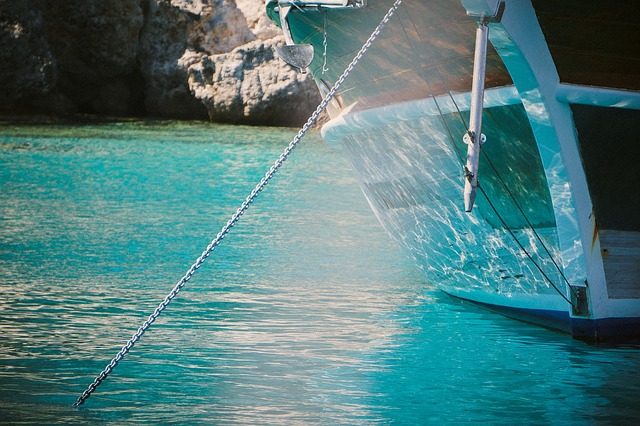
As a boat owner, you must know how to properly and safely connect your boat to marine shore power.
Shore power is a form of electrical power generally used for ships and boats docked at a marina. While the ship’s main and auxiliary engines are shut down, a shore power connection allows AC power to top up batteries, or run any AC-powered items on the boat, such as microwaves, power tools, TVs, or other electronics. Shore power provides a grounded source of power coming from an external source. As a boat owner, you must know how to properly and safely connect your boat to shore power. We have a few tips to help you the next time you’re at the dock.
Why is Shore Power Necessary?
Shore power is essential because you can switch off your generators when you dock at the marina. With the electricity coming from shore power, you can charge your batteries and provide your vessel with power for all its electronics.
Boaters who are docked at a marina with shore power can live aboard their vessel and run all of its functions by turning off the generators and plugging into the available shore power source. Even if you don’t plan on living on your vessel, it allows your boat to run essential functions such as specific pumps and filters.
Connecting to Shore Power
First, you want to ensure the breaker in the shore power pedestal is powered off. This is for safety purposes since there will likely be water on the ground. Once the pedestal breaker is off, you can plug in your shore power cord. Connect the other end of the shore power cord to the receptacle on your boat. Once connected, turn the breaker on the pedestal to the “on” position. An indicator light will turn on, letting you know you are getting power. Once your shore power cable is plugged in and turned on and your electric panel shows shore power is available, switch your source selector from generator to shore and turn off your generator.
Be Safe Around Water
Ensuring a secure watertight connection is key to avoiding potential electrical shock hazards. Never plug your boat into a regular outdoor extension cord, as it can easily pull apart and cause electrical currents to leak into the surrounding water areas. All marine-grade cables and shore power connections should have a twist-locking connection. If your shore power cables fall into the water while disconnected, turn off the power from the circuit breaker, spray down the contacts with water displacement spray, and dry off before turning the power back on. For this reason, it’s essential to use shore power cables with waterproof boots.
Marine Electric Systems, LLC is a Leader In the Maritime Industry
We here at Marine Electric Systems have over 30 years of industry experience. You can trust our team for reliable service and expert craftsmanship in the Maryland, Baltimore, Annapolis, and Baltimore city areas! We’re highly certified and adhere to all ABYC and NMEA regulations. We specialize in top-notch electrical solutions for recreational, commercial, and government boating clients. Anything from electrical refits, to navigation systems, or boating maintenance. To stay up to date on our services, follow us on Facebook, LinkedIn, Pinterest, Instagram, and YouTube. You can also contact us at 410-263-0807.
